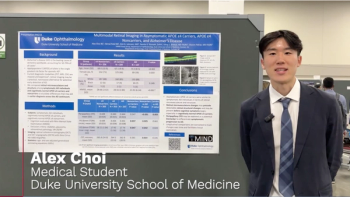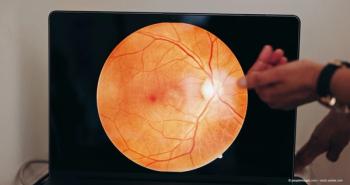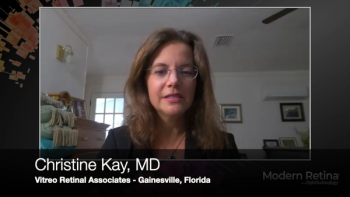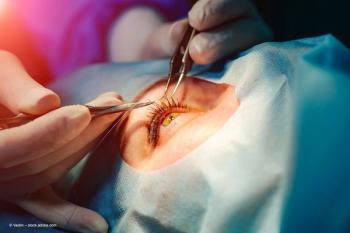
Research from the iMIND lab at Duke University.

Research from the iMIND lab at Duke University.

Boehringer Ingelheim initiates THULITE study, exploring an oral treatment for diabetic macular edema, aimed to improve patient care and convenience.

Retinal imaging and the future of early Alzheimer diagnosis.

New clinical trials reveal PER-001 as a new treatment for glaucoma and diabetic retinopathy, showing significant vision improvements and safety.

Catch up on this week's highlights in retina.

The study will be led by principal investigator professor Noemi Lois, MD, PhD, FRCS(Ed), FRCOphth, at Queen’s University Belfast, in over 20 clinical sites, and plans to enroll 264 patients across the UK with severe DME.

Recapping a recent conversation led by Dilsher S. Dhoot, MD.

Patients express mixed feelings about AI in healthcare, favoring its use for documentation and administrative tasks while demanding transparency and safety standards.

Cell and gene therapies in development for unmet needs.

Through the program, gene therapies are developed to treat patients with retinitis pigmentosa caused by pathogenic variants in the MERTK gene.

Nanoscope Therapeutics establishes a Vision Advisory Committee to enhance retinal care and drive innovative therapies for vision restoration.

Catch up on this week's highlights in retina.

Phase 1/2 interim results highlight real-world functional enhancements in patients with severe LCA5-related Leber congenital amaurosis.

Insights on injection technique and the future potential of SCS treatments.

PYC Therapeutics advances VP-001 for retinitis pigmentosa, securing FDA guidance for its upcoming registrational trial design and study parameters.

Breye Therapeutics advances danegaptide, a novel oral therapy for non-proliferative diabetic retinopathy, showing promise in early clinical trials.

Baljean Dhillon, FRCPS, FRCS, FRCOphth, FRCPE, advocated for remote practices and provided advice for implementation at the International SPECTRALIS Symposium.

Make the most of your practice and your retina conference participation.

Innovative assistive devices empower patients with central vision loss to regain independence and enhance daily activities, transforming their quality of life.

Modern Retina’s recent Case-Based Roundtable focused on next-generation treatments for retinal disease that provide advanced care for neovascular age-related macular degeneration (nAMD) and diabetic macular edema (DME).

With detailed imaging and cognitive data, the Northern Ireland Cohort for the Longitudinal Study of Aging highlights the potential of integrating eye scans into broader health research.

Dr. Gonzalez shares 126-week topline results from the REMAIN study, assessing optogenetic therapy MCO-010 (Nanoscope Therapeutics).

Catch up on this week's highlights in retina.

The phase 2/3 clinical trial for OCU410ST will enroll 51 participants diagnosed with Stargardt disease.

A new study from China revealed a genetic link between coffee consumption and age-related macular degeneration (AMD).

NASA’s development of autonomous eye imaging technologies for astronauts aboard the International Space Station is paving the way for remote, high-quality eye care both in deep space and underserved regions on Earth.

The trial treated 9 patients in 3 sequential, ascending dose-level (DL) cohorts.


Looking at innovative tools and their applications in different disease states can help to think creatively about ways to benefit patients in retina care.

Ainnova has collaborated with leading pharmacies to offer free diabetic retinopathy screenings to patients with diabetes.